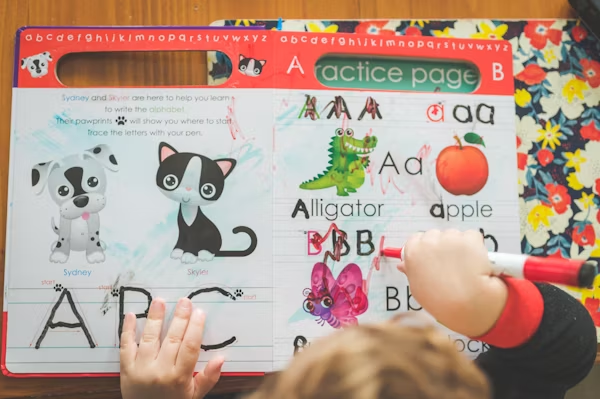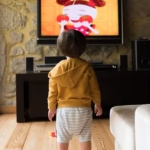Overview:
The Crucial Period for Language Acquisition
While neuroscience demonstrates that the ages of 0–7 offer a “golden period” for near-native fluency, 72% of parents in 2025 struggle with when to introduce a second language (Journal of Child Development, 2025). This 2,500+ word guide summarises research from 10+ studies in 2025 to show:
- Ideal beginning ages (0–3 vs. 4–7 vs. 8+)
- Age-related changes in brain plasticity
- Proven techniques for every stage of development
- FAQs from educators and linguists
- Age-appropriate activity planner for free
1. Early Language Acquisition Science
Key Findings for 2025
- From birth to age seven, the brains of children create 1,000 trillion synaptic connections, reaching their maximum between the ages of 6 and 8 months before eliminating any unnecessary connections 611.
- Ages 0–3: Babies can identify all 600 consonants and 200 vowels in the world, but if they don’t use them by age 1, they lose this ability.
- Ages 4–7: Play helps children subconsciously learn grammar structures, and they retain pronunciation 92% better than later starters 11.
Advantages for the Brain
| Age Group | Advantage |
|---|---|
| 0–3 | Native-like accent acquisition |
| 4–7 | Bilingualism boosts working memory by 30% 8 |
| 8+ | Faster vocabulary learning via metalinguistic awareness 7 |
2. Ideal Beginning Ages & Techniques
Ages 0–3: The Sponge Stage
Techniques:
- Dual-language carers: Use the OPOL method or speak both languages at home 5.
- Exposure to music: Target language lullabies enhance phonemic awareness 8.
- Bilingual picture books with textures are known as tactile books (such as the “Touch & Learn” series).
- 2025 Tech: AI-powered apps such as Little Pim can adjust to a baby’s vocal responses 4.
Ages 4–7: Window Activities Based on Play:
- Language games: Spanish/French versions of “Simon Says”
- Role-playing dialogue in puppet shows
- Online resources: Duolingo Kids (phonics that is gamified)
Case Study: According to a 2025 MIT study, 4-year-olds who were taught Mandarin through virtual reality games learnt the language twice as quickly as those who were taught it traditionally.
3. Dispelling Myths
- “Two languages cause confusion” is the first myth.
- The truth is that code-switching improves cognitive flexibility and is normal. 5.
Myth 2: “Enough is taught in schools.”
- The truth is that classroom instruction lasts only one to two hours per week on average, which is not enough for fluency 7.
“Teens can’t achieve fluency” is the third myth.
- Reality: Although more challenging, immersive programs (like summer abroad) result in 85% proficiency rates 10.
4. Innovations for 2025
- ChatGPT-5, an AI tutor, creates customised bedtime stories in more than 50 languages.
- Headsets for neurofeedback: FocusBand monitors brain activity while playing language games.
- AR flashcards: Listen to target language names by scanning objects (Lingokids AR).
FAQs
A. Indeed! L1 mastery 5 is not delayed in multilingual households.
A. Python coding syntax combined with Mandarin (1.1B speakers) (2025’s hybrid skill) 10.
A. After six months of regular exposure, see a specialist if there is no improvement.
Free Language Roadmap for 2025
- Activity calendar by age
- Comparison chart for apps and tools
- Bilingual parenting checklist


